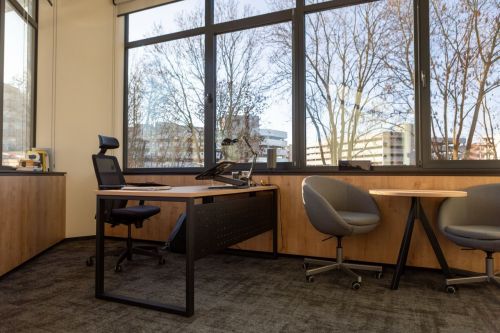“Have we returned to the pre-Covid reality?” asks Jacek Zengteler, the president of the management board of developer Yareal Polska. “In a nutshell, no. The world has evolved. We can’t say we have seen a full recovery. But if we take into consideration the take-up, we are back to the 2019 levels. We have recovered from the Covid shock. The pandemic taught us how to be more mobile and flexible. However, as a society we’ve also realised that a completely remote economy can even be harmful and that as human beings we need proper interaction, whether in our private, learning or professional life. This shows us that the trend will be for firms to continue to keep their HQs. There was this notion post-Covid that firms wouldn’t need HQs at all and could reduce their office space to a reception desk for receiving mail.” Nicolas Benhaim, the vice-president of the management board of Yareal Polska, adds to this that: “After the period of full-on re































































